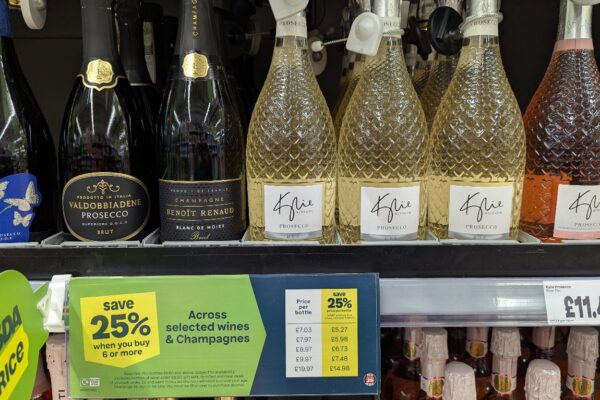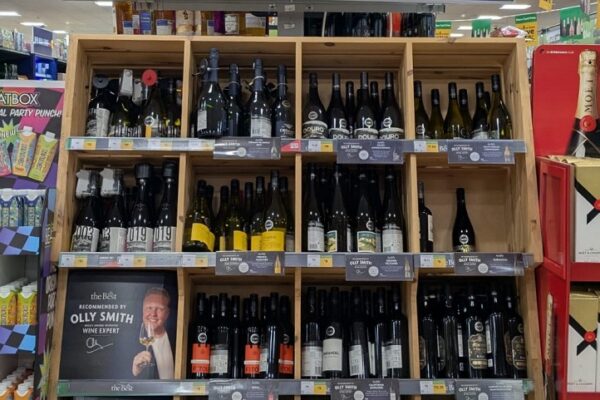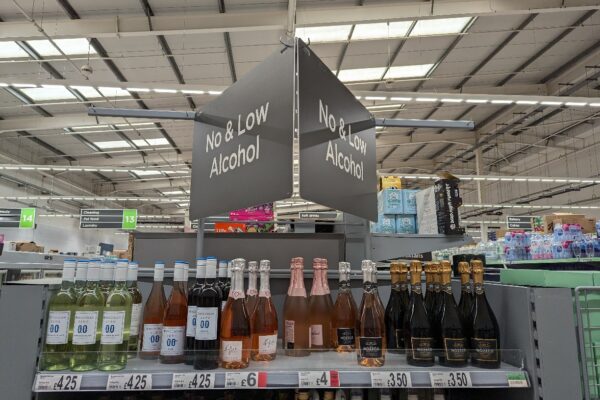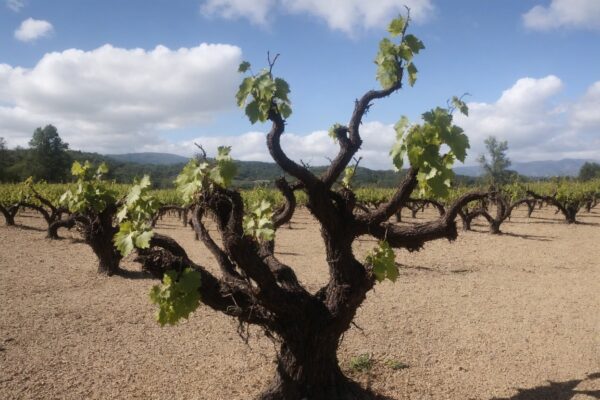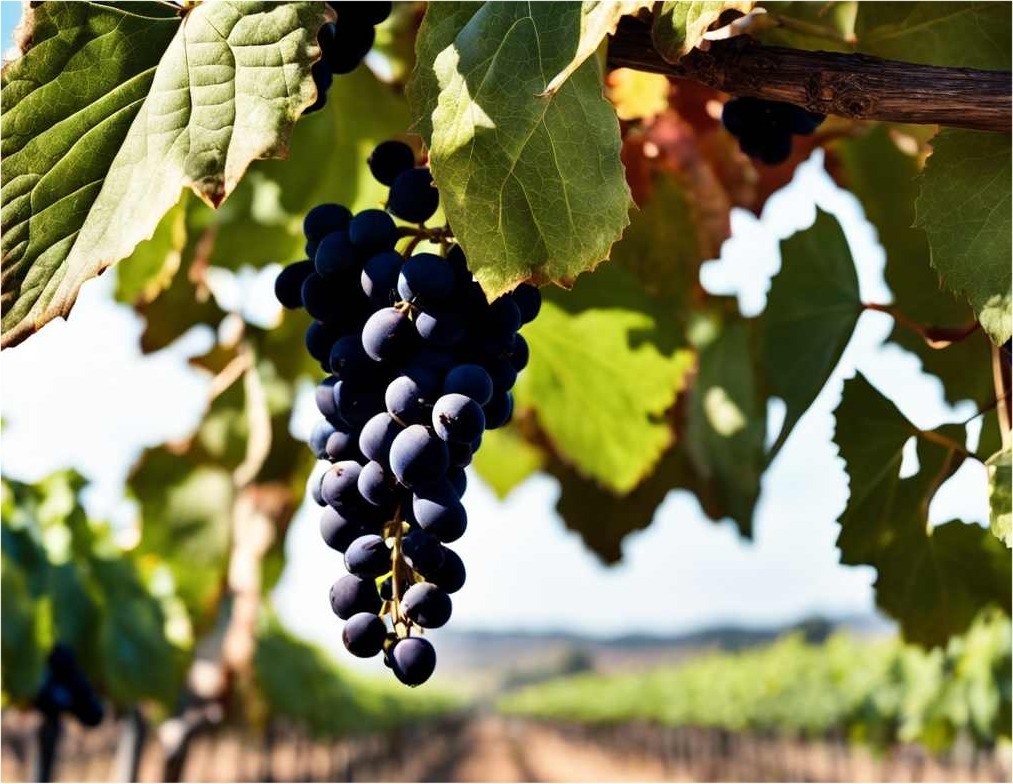
The Independent Newspaper is reporting that Australia’s wine industry is facing severe challenges due to a significant oversupply of wine, driven by declining global demand, especially for lower-priced red wines which are a major product of the country. Australia, the world’s fifth largest wine exporter, found itself with over two billion litres of wine in storage by mid-2023, leading to some of the stock spoiling. The crisis has hit hard in areas like Griffith, known for its wine grape cultivation, where millions of vines, some planted by Italian migrants in the 1950s, are being uprooted to combat the overproduction that has led to plummeting grape prices and threatened the viability of growers and winemakers.
The decline in wine consumption globally, along with a specific downturn in the Chinese market, a key export destination for Australian wine until recent tensions, has led to drastic measures. Prices for red wine grapes have dropped significantly compared to previous years. The industry consensus suggests that to rebalance the market, a substantial reduction in vine numbers is necessary, with estimates suggesting up to a quarter of the vines in critical areas need to be removed.
This shift is causing a profound transformation within the sector, pushing some producers to focus on higher-priced bottles, which continue to see demand. Meanwhile, many growers are considering or have already begun transitioning to other forms of agriculture, such as citrus and nut trees, signalling a potential end to traditional family-run grape growing operations in favor of larger corporate farming entities.
The Australian government acknowledges the challenges but faces criticism over the adequacy of its support for the industry. This scenario reflects a broader global trend of reduced alcohol consumption and a shift towards higher-quality wines, with countries like Chile, France, and the United States also grappling with issues of oversupply and the need for vineyard reduction, despite different market dynamics and support mechanisms.





